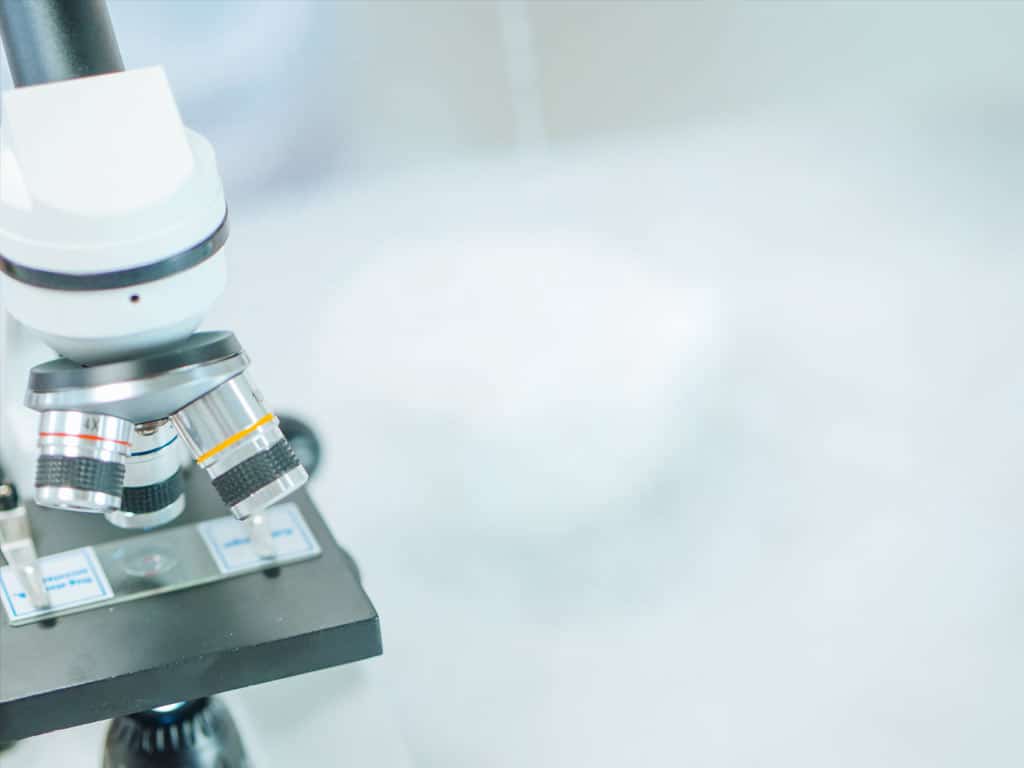A patent application from the University of California (UC) discloses a method for measuring the metastatic potential in single living cancer cells.
Metastases are responsible for 66.7% of cancer deaths, on average. This ability of highly invasive cancer cells to disseminate from a primary tumor to distant vital organs is not only deadly, but also much harder to treat. This is why early detection of cancer grants patients the highest chances of survival. Being able to tell whether a tumor is likely to spread provides an even better picture on the severity of the disease.
Unfortunately, determining the metastatic proclivity of single tumor cells remains a major challenge. The UC patent application lists several of these hurdles, the largest being tumor molecular heterogeneity. Of all the cells within a tumor, less than 0.02% are estimated to have the potential to metastasize.
Molecular imaging has supplied potential solutions to this “needle in a haystack” problem: improved imaging platforms have helped detect established metastases and assess tumor cell properties as surrogate markers of metastatic potential. But such approaches rely on averaging an ensemble of readouts, leading to loss of vital information pertinent to individual cells. There are also the so-called “unknown-unknowns” of tumor biology, pertaining to cancer cells’ ever-changing, constantly evolving genome as they adapt to changing microenvironments or attempt to overcome the cytotoxicity of drugs.
The precision solution supposedly comes in the form of UC’s invention, which was developed with support from the National Institutes of Health, making the government having certain rights in the invention.
Using a Fluorescence Resonance Energy Transfer (FRET) biosensor, it is possible to measure the metastatic potential of single cancer cells, as well as cells associated with fibrogenesis, diabetes, aging, and/or infertility.
FRET is a mechanism describing the energy transfer between two light-sensitive molecules. FRET efficiency is used to determine if two such molecules are within a certain distance of each other. In the invention’s case, fluorescent proteins were tested, and their FRET signals were analyzed.
UC’s FRET approach eliminates the averaging-losses associated with conventional molecular imaging, and accounts for the unknown-unknowns of an evolving tumor biology, according to the patent application.
In exemplary embodiments, FRET biosensors identify a specific metastasis-related protein, called the phosphoprotein tyr-phosphorylated CCDC88A (GIV/Girdin), across a variety of solid tumors.
Analysis of the pan-cancer phosphoproteome points to actin-remodelers required for cell migration. These are enriched in cancers, but excluded in normal cells. Actin-remodelers facilitate the biochemical process that allows for the dynamic alterations of cellular organization.
The patent application includes data from at least three independent experiments, which demonstrated statistically significant results. The filing’s FRET approach is said to have the ability to fulfill an urgent and unmet need to measure metastatic potential in a sensitive, specific, objective, and unbiased way.
The featured patent application, “Biosensors for Measuring Metastatic Potential and Chemoresistance of Single Cancer Cells”, was filed with the USPTO on May 13, 2019 and published thereafter on August 5, 2021. The listed applicant is The Regents of the University of California. The listed inventor is Pradipta Ghosh.






